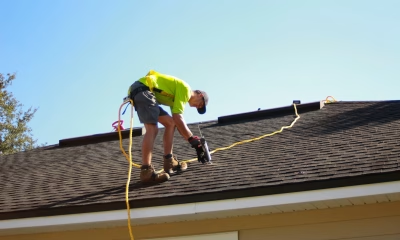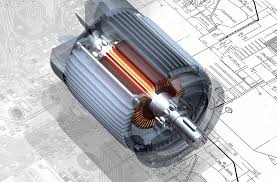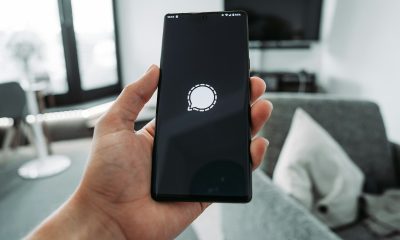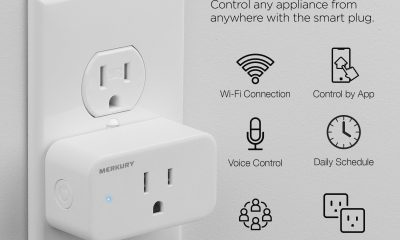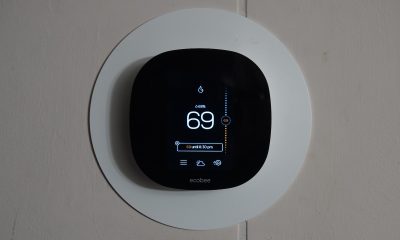Guides
How to Tell If Your Water Heater Is Costing You More Than It Should?

If you live in St. Charles, you’ve probably seen your utility bills rise over the past few seasons — even if your water use hasn’t changed much. Many homeowners assume the increase comes from higher rates or colder weather. But sometimes, the real reason is sitting quietly in your basement or utility closet: your water heater.
When a water heater starts to lose efficiency, it doesn’t always break down right away. It might still deliver hot water, but it takes longer, uses more energy, and slowly drives up your monthly costs. Because this happens gradually, many people don’t realize how much money they’re losing each year.
This article walks you through the early signs that your water heater may be working harder than it should.
1. Skipping Maintenance for Too Long
Even a reliable water heater needs regular attention. Most manufacturers recommend an annual inspection and flush to remove sediment and test components. Skipping maintenance for several years can lead to inefficient heating, noisy operation, and a shorter lifespan.
In areas where the water tends to be hard, routine care is even more important. Mineral buildup happens faster, and neglected systems waste more energy. If it’s been more than a year since your last check-up, scheduling professional water heater repair in St. Charles, MO can help restore efficiency and prevent unnecessary costs.
A trained technician can inspect the tank, replace worn parts, and make small adjustments that improve performance. Regular service is one of the simplest ways to keep your energy bills in check.
2. Hot Water That Takes Too Long to Arrive
When it starts taking forever for hot water to reach your tap or shower, your system is using extra energy to compensate for internal issues. Over time, minerals in Missouri’s hard water can build up inside the tank or heating elements. This layer of sediment acts like insulation, blocking heat from reaching the water efficiently.
The heater must then run longer to reach the desired temperature, wasting both water and energy. You might also hear it running more often than usual. These delays can seem minor at first, but they add up in wasted cost and time — especially in busy households.
3. Water Temperature That Keeps Changing Mid-Shower
Few things are more annoying than when your shower suddenly turns lukewarm or too hot. Fluctuating water temperature is a clear sign of inconsistency inside your system. It can happen if the thermostat or heating elements are wearing out.
Inconsistent heating not only makes daily use frustrating but also increases energy waste. The heater cycles on and off too often, using more power each time it reheats the water. It’s an early sign that your system is losing its efficiency and may need maintenance or replacement soon.
4. A Water Heater That Feels Hot to the Touch
If the exterior of your water heater feels unusually warm, it’s a sign of heat loss. Heat escaping from the tank means the insulation has weakened or the system wasn’t properly sealed during installation.
That lost heat forces the unit to work overtime to maintain water temperature. You might also notice the room around the heater feeling warmer than before. While insulation wraps and pipe sleeves can help, persistent warmth from the tank itself usually means internal efficiency issues that deserve attention.
5. When Your Water Heater Has Outlived Its Best Years
Most traditional water heaters last between eight and twelve years. After that point, efficiency drops as internal parts wear out and sediment builds up. Older models also lack the improved insulation and advanced heating technology that newer ones have.
If your system is over a decade old, it likely costs more to run than you realize. The longer it operates, the harder it works to maintain water temperature, which increases energy use. Checking the label on your water heater for the manufacturing date is the easiest way to find out its age. If it’s nearing the end of its lifespan, planning for a replacement can prevent future repair costs and higher bills.
6. Rusty or Cloudy Water from the Tap
If your hot water starts looking rusty, discolored, or cloudy, your water heater could be corroding from the inside. Over time, minerals in hard water attack the tank’s metal lining. While the anode rod inside the tank helps protect it from rust, that rod wears out eventually. Once it’s gone, corrosion spreads quickly.
Rusty water not only affects taste and appearance but also signals that the system isn’t heating efficiently. Corrosion inside the tank interferes with heat transfer, making the heater use more energy. In some cases, this problem can also indicate damage to your home’s plumbing, so it’s worth having a professional inspect both the heater and the pipes.
7. Running Out of Hot Water Faster Than Before
If your household hasn’t grown but you’re suddenly running out of hot water, it’s a sign your system isn’t working at full capacity. The main cause is usually sediment buildup inside the tank. When minerals collect at the bottom, they take up space that would otherwise hold hot water.
This means you’re heating less water more often, which increases both energy consumption and wear on the system. The solution can be as simple as flushing the tank once a year, but if the problem continues, it may be time to consider a new unit. Consistent shortages point to efficiency loss that can only get worse over time.
A water heater rarely fails overnight. Instead, it shows small signs — higher bills, uneven heating, strange noises, or discolored water — that hint at deeper inefficiencies. Paying attention to these signals early can save you from costly repairs or replacements later.
If you’ve noticed any of the issues described above, your water heater may be using more energy than it should. Scheduling a professional inspection can confirm what’s happening inside your system and help you make an informed decision about repair or replacement.
Keeping your water heater efficient isn’t just about comfort; it’s about reducing waste, lowering costs, and ensuring reliable hot water for your home year-round.
-
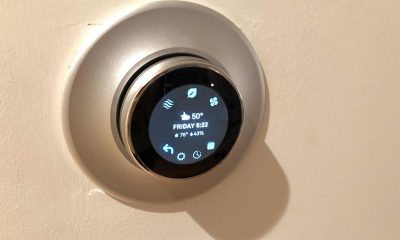
 Gadgets3 years ago
Gadgets3 years agoDoes Nest Thermostats Contain Cameras Or Microphones? Is It Safe For you?
-

 Guides1 year ago
Guides1 year ago10 Best Apps To Control All Your Smart Home Devices.
-

 Gadgets3 years ago
Gadgets3 years agoWhat Is The Purpose Of Red Button On The SimpliSafe Keypad?
-

 Gadgets2 years ago
Gadgets2 years agoComplete Guide About Equalizer settings for Samsung-Soundbar
-

 Accessories2 years ago
Accessories2 years agoBlink Camera’s Temperature Sensor Settings, and More
-

 Solutions3 years ago
Solutions3 years agoWhy is My Samsung TV Picture So Dark? Exploring the Possible Causes
-

 Gadgets3 years ago
Gadgets3 years agoFitbit Symbols Meaning: What Do The Fitbit Icons Mean?
-

 Accessories2 years ago
Accessories2 years agoCan Siri Control Samsung Televisions And Are Samsung TVs Homekit Compliant?






